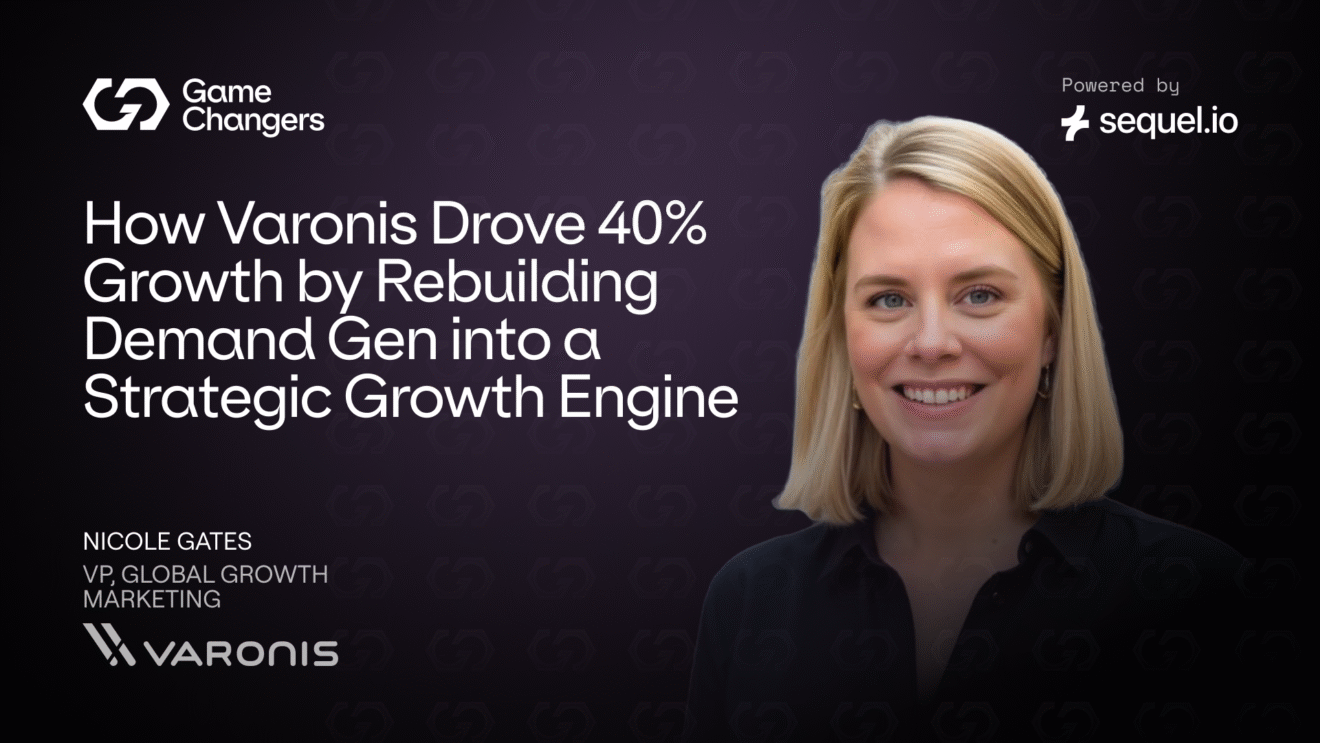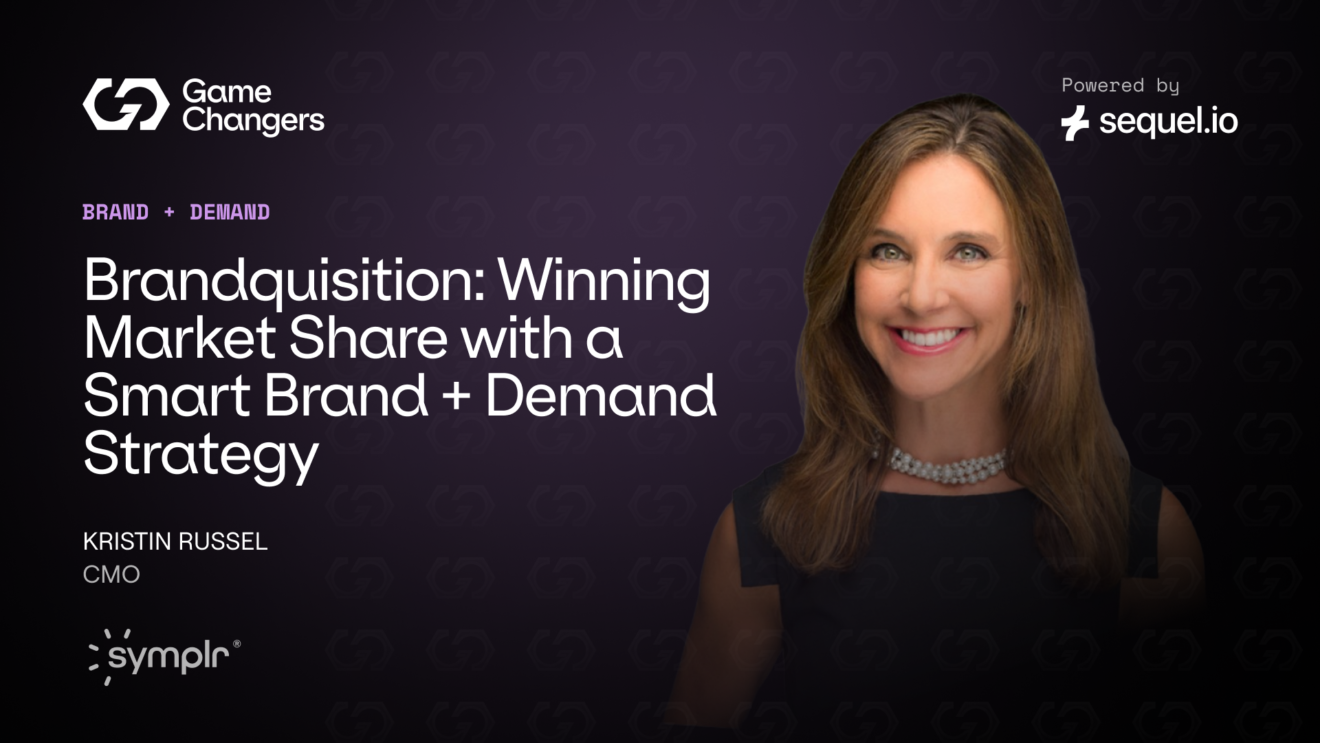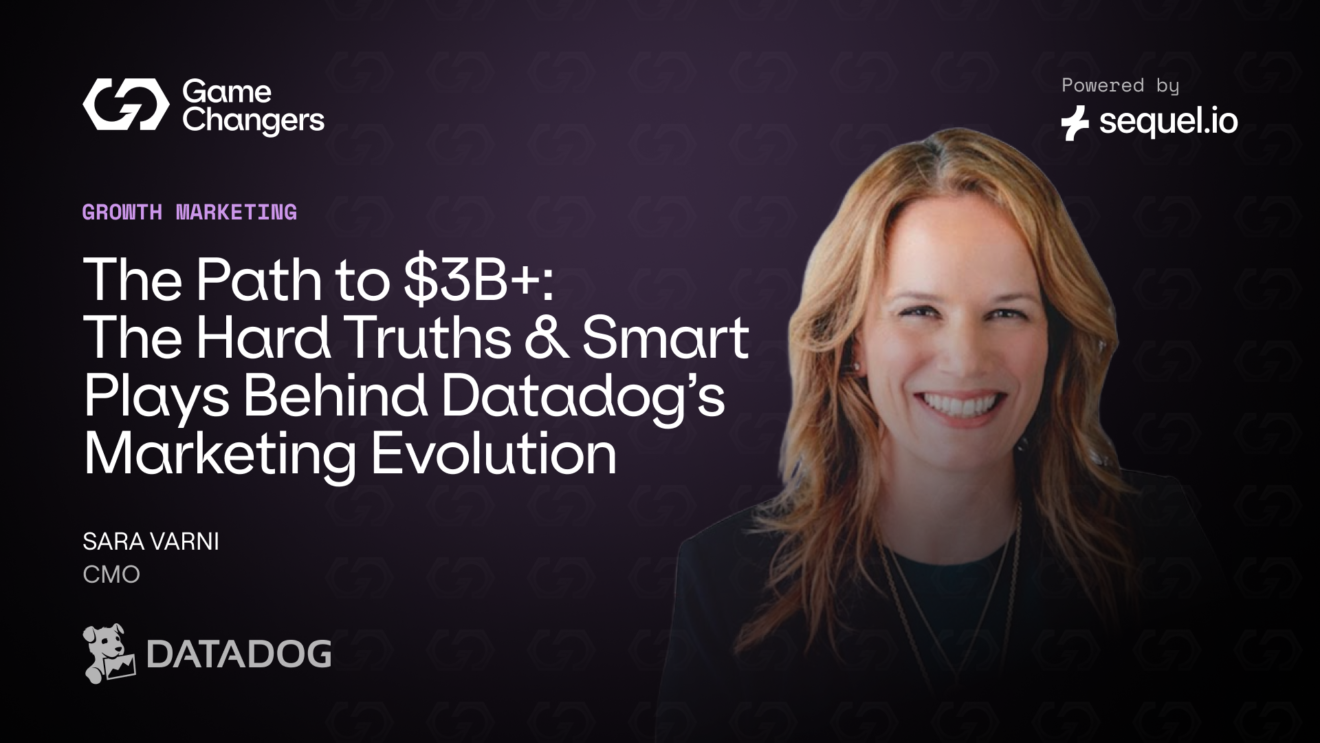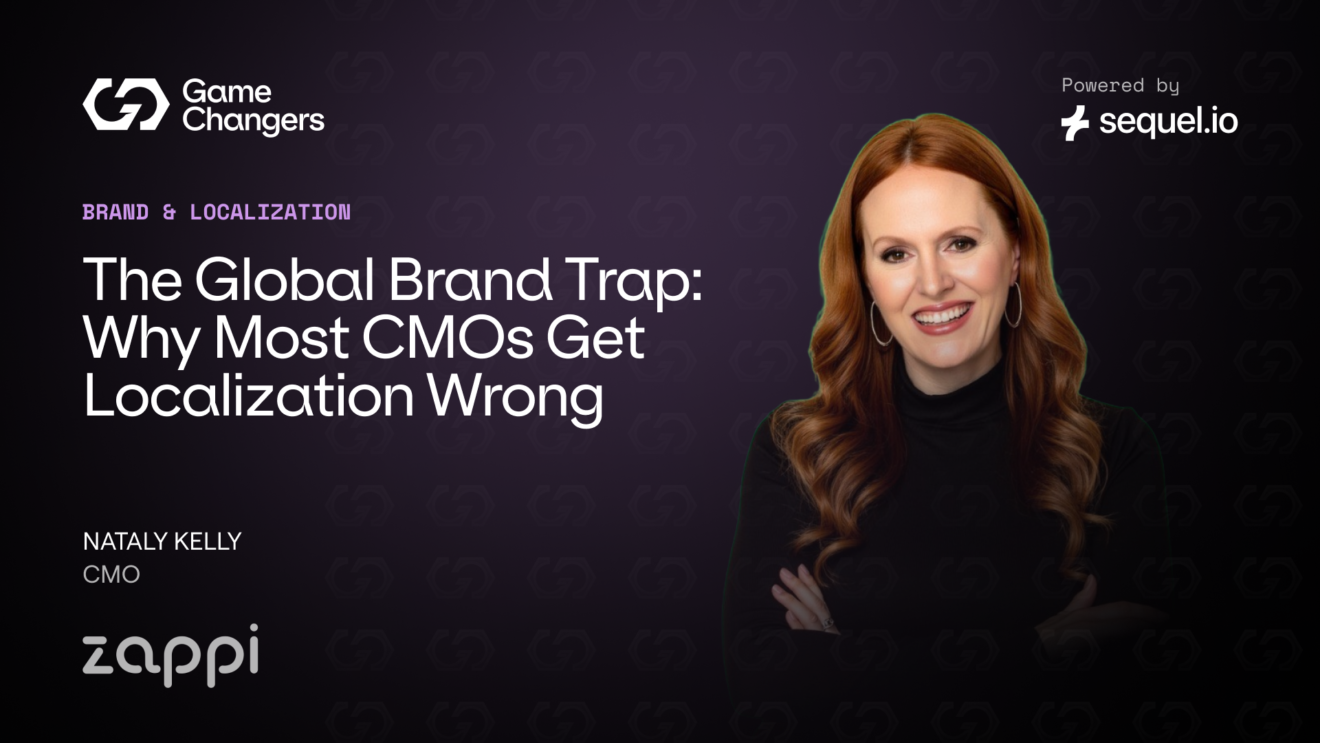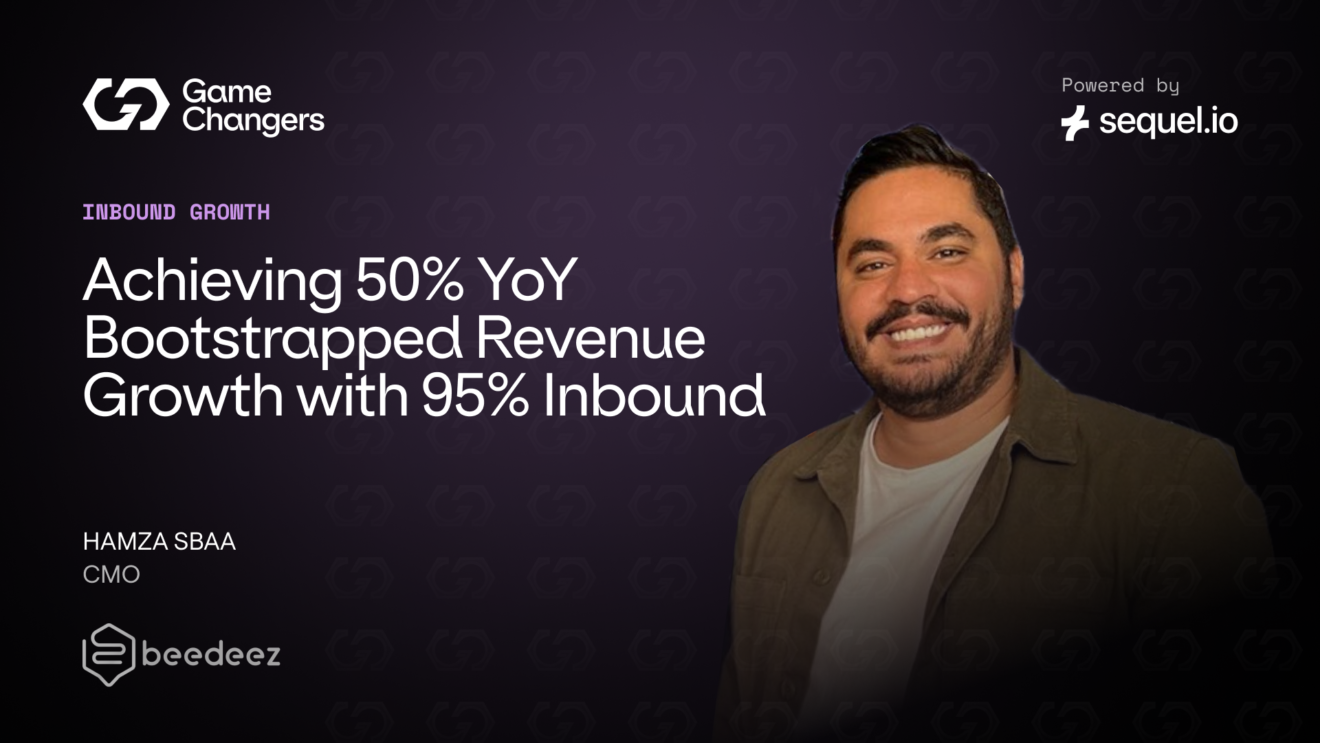The Truth Behind Intent Data: Breaking Myths and Exploring Unlikely Acquisition Channels
Uncover the real value of intent data by debunking common myths and learning how to leverage underestimated acquisition channels with Michael McGoldrick, Global VP of Corporate Marketing at parosIQ. This session will provide you with a clear understanding of effective intent data use, ethical considerations, and innovative approaches to driving business growth.

When it comes to discussing ‘intent data’ in the marketing industry, few voices hold more weight than Michael McGoldrick, Global VP of Corporate Marketing at pharosIQ. In this episode of Game Changers with Oana Manolache, Michael dove into the intricate world of intent data and offered insights to companies willing to navigate this winding maze effectively.
Dissatisfied with the quality of many intent data sources, McGoldrick mentions that marketers often mistake superficial interest, like site visits and email opens, for solid indications of intent when the reality can often be far from it. In response, he espouses a shift towards looking at ‘lower funnel’ data, such as engagement with pricing guides, competitor comparisons, and product reviews for a more accurate representation of a customer’s purchase intent.
But how does all of this translate into real-world marketing strategies? McGoldrick argues for increased personalization, explaining that data from different buyer personas can guide marketing strategies and improve their effectiveness. The element of personalization plays a significant role in Account-Based Marketing (ABM), a concept that McGoldrick cautions against attempting to scale up, explaining that true ABM requires a deep level of personalization and, therefore, time and effort.
In terms of practical application, McGoldrick advocates for a unity of approach. Marketing and sales teams need to read from the same playbook. Effective use of intent data depends on coherent messaging across both departments.
However, the perk of harnessing intent data doesn’t come without its caveats. Privacy and ethical handling of data steal the limelight in this conversation. Understanding the customer signals and navigating the utilization of intent data in an ethical manner becomes a layer of complexity that cannot go unaddressed.
The conversation also extends to the deprecation of third-party data, an industry norm that is gradually giving way to first and strategic party data. The increasing reliance on this kind of data indicates not just a shift in industry measures, but a pivot towards a data-driven approach.
In this same vein, the session sheds light on a proposal for Lighthouse Labs, an insightful platform aiming to simplify executives’ tasks by offering cohesive industry trends without necessitating another addition to their overflowing tech stack.
Ultimately, the conversation circles back to the role of technological innovation in marketing. While AI’s role in marketing is gaining momentum, McGoldrick recognizes that the journey is far from finished.
In summarizing the exchange, it becomes clear that the road ahead, though challenging, holds immense potential for those marketers who are prepared to adapt and evolve as the game changes.

